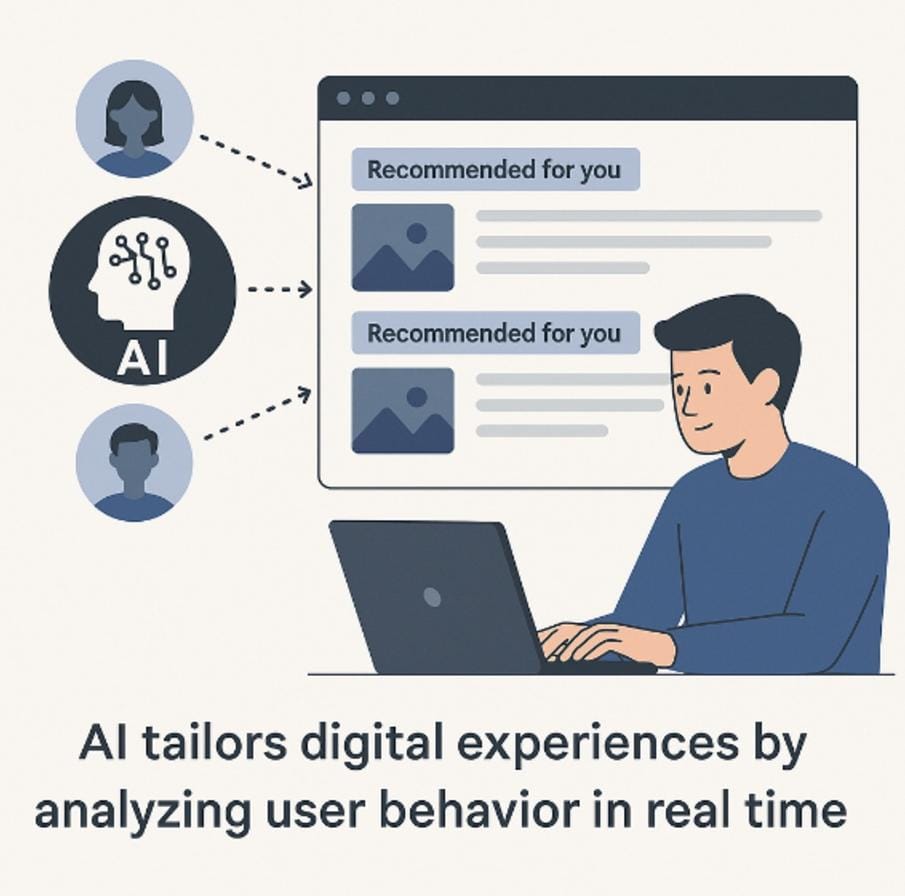Cybersecurity 101: Protecting Yourself in the Digital Age

Introduction
In today's digital age, cybersecurity is more important than ever. The rise of technology has brought about numerous benefits, but it has also introduced new risks and threats. Cyber attacks are becoming increasingly common, and individuals, businesses, and governments are all vulnerable.
According to recent statistics:
- 1 billion people were affected by cybercrime in 2020 (Source: Cybersecurity Ventures)
- The global cost of cybercrime is expected to reach $6 trillion by 2021 (Source: Cybersecurity Ventures)
- 60% of small businesses go out of business within six months of a cyber attack (Source: National Cyber Security Alliance)
This blog aims to educate readers on the basics of cybersecurity and provide best practices for protecting themselves and their organizations from cyber threats.
What is Cybersecurity?
Cybersecurity refers to the practices, technologies, and processes designed to protect digital information, networks, and systems from unauthorized access, use, disclosure, disruption, modification, or destruction.
There are several types of cyber threats, including:
- Malware (viruses, worms, trojans)
- Phishing and social engineering
- Ransomware and cyber extortion
- Denial of Service (DoS) and Distributed Denial of Service (DDoS) attacks
Common targets of cyberattacks include:
- Individuals (personal data, financial information)
- Businesses (customer data, intellectual property)
- Governments (sensitive information, critical infrastructure)
Types of Cyber Threats
Malware
Malware refers to any type of malicious software designed to harm or exploit a computer system. Types of malware include:
- Viruses: replicate themselves and spread to other systems
- Worms: self-replicating malware that can spread without user interaction
- Trojans: disguise themselves as legitimate software to gain access to a system
Phishing and Social Engineering
Phishing involves tricking individuals into revealing sensitive information, such as passwords or financial information. Social engineering involves manipulating individuals into performing certain actions or revealing sensitive information.
Ransomware and Cyber Extortion
Ransomware involves encrypting a victim's files and demanding payment in exchange for the decryption key. Cyber extortion involves threatening to reveal sensitive information unless a ransom is paid.
Denial of Service (DoS) and Distributed Denial of Service (DDoS) Attacks
DoS and DDoS attacks involve overwhelming a system with traffic in order to make it unavailable to users.
Cybersecurity Best Practices
Password Management
- Use strong, unique passwords for all accounts
- Implement two-factor authentication (2FA) whenever possible
- Use a password manager to generate and store complex passwords
Network Security
- Implement a firewall to block unauthorized access to your network
- Use a virtual private network (VPN) to encrypt internet traffic
- Secure your Wi-Fi network with a strong password and encryption
Device Security
- Install antivirus software to protect against malware
- Keep your operating system and software up-to-date with the latest security patches
- Use device encryption to protect sensitive data
Safe Browsing Habits
- Avoid suspicious links and attachments
- Verify the authenticity of websites and emails
- Use a reputable ad blocker to prevent malware infections
Protecting Yourself from Cyber Threats
Identifying and Avoiding Phishing Scams
- Be cautious of emails or messages that ask for sensitive information
- Verify the authenticity of emails and messages
- Use two-factor authentication to prevent phishing attacks
Recognizing and Responding to Malware Infections
- Be aware of unusual system behavior or performance issues
- Use antivirus software to scan for malware
- Take immediate action to isolate and remove malware infections
Safeguarding Sensitive Information
- Use encryption to protect sensitive data
- Implement access controls to limit access to sensitive information
- Regularly monitor and update your security measures
Regularly Updating Software and Operating Systems
- Keep your operating system and software up-to-date with the latest security patches
- Use automatic updates to ensure timely patching
- Prioritize patching critical vulnerabilities
Cybersecurity for Businesses
Conducting Regular Security Audits and Risk Assessments
- Regularly assess your security posture
- Identify vulnerabilities and prioritize remediation
- Continuously monitor and update your security measures
Training Employees on Cybersecurity Best Practices
- Educate employees on cybersecurity basics and best practices
- -Provide regular training and awareness programs
- Encourage a culture of cybersecurity awareness
Incident Response Planning
- Develop an incident response plan
- -Establish a incident response team
- -Regularly test and update the incident response plan
Conclusion
Cybersecurity is a critical aspect of our digital lives. By understanding the basics of cybersecurity and implementing best practices, we can protect ourselves, our businesses, and our organizations from cyber threats.
Latest Blogs

The power of logos: more than just a pretty picture

Why email marketing automation is a game- changer for businesses in 2025

Web design evolved: the impact of artificial intelligence

Why Responsive Web Design is Crucial for Your Business

PRODUCT REVIEWS: A POWERFUL TOOL FOR INFORMED DECISION- MAKING